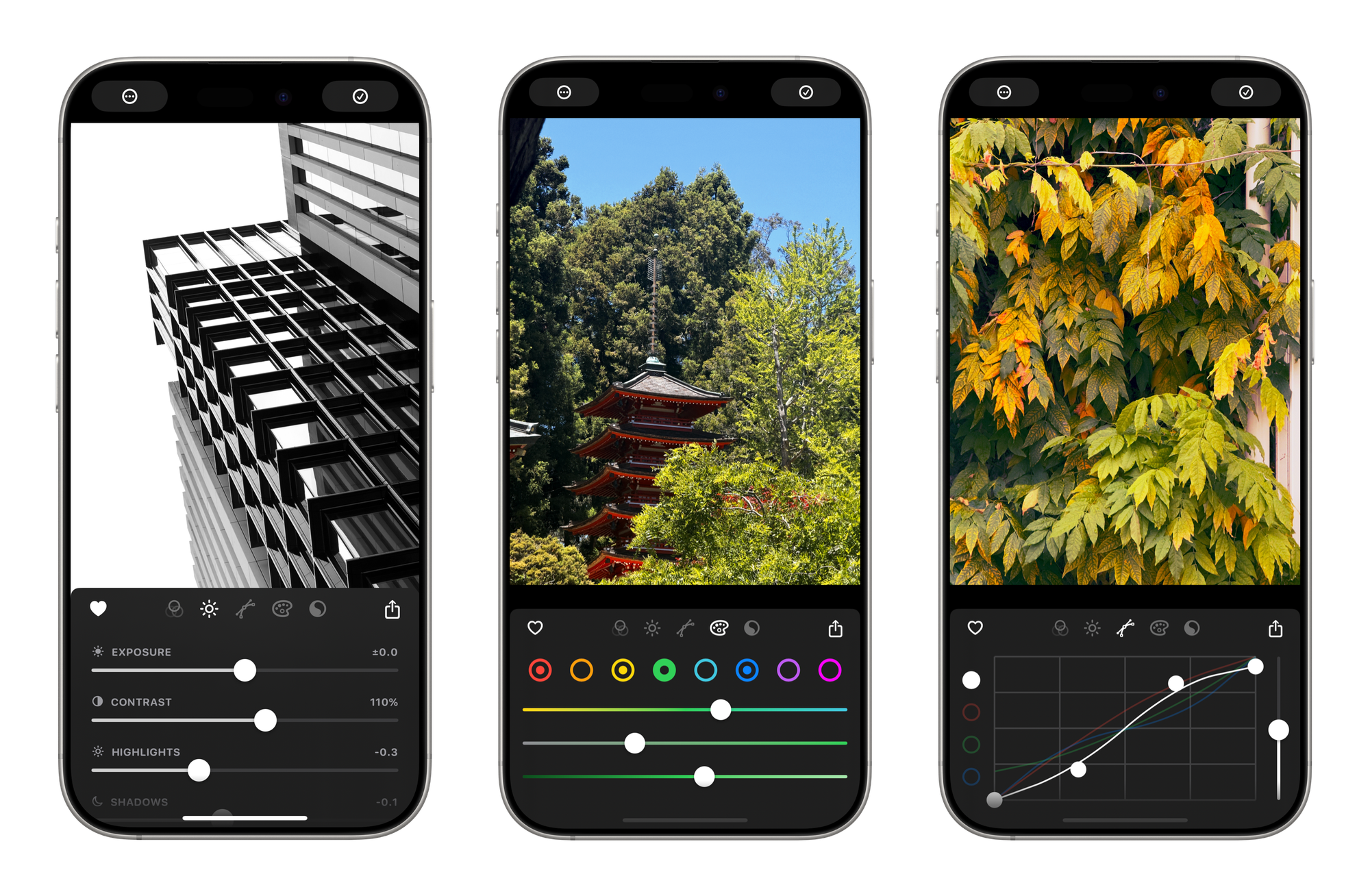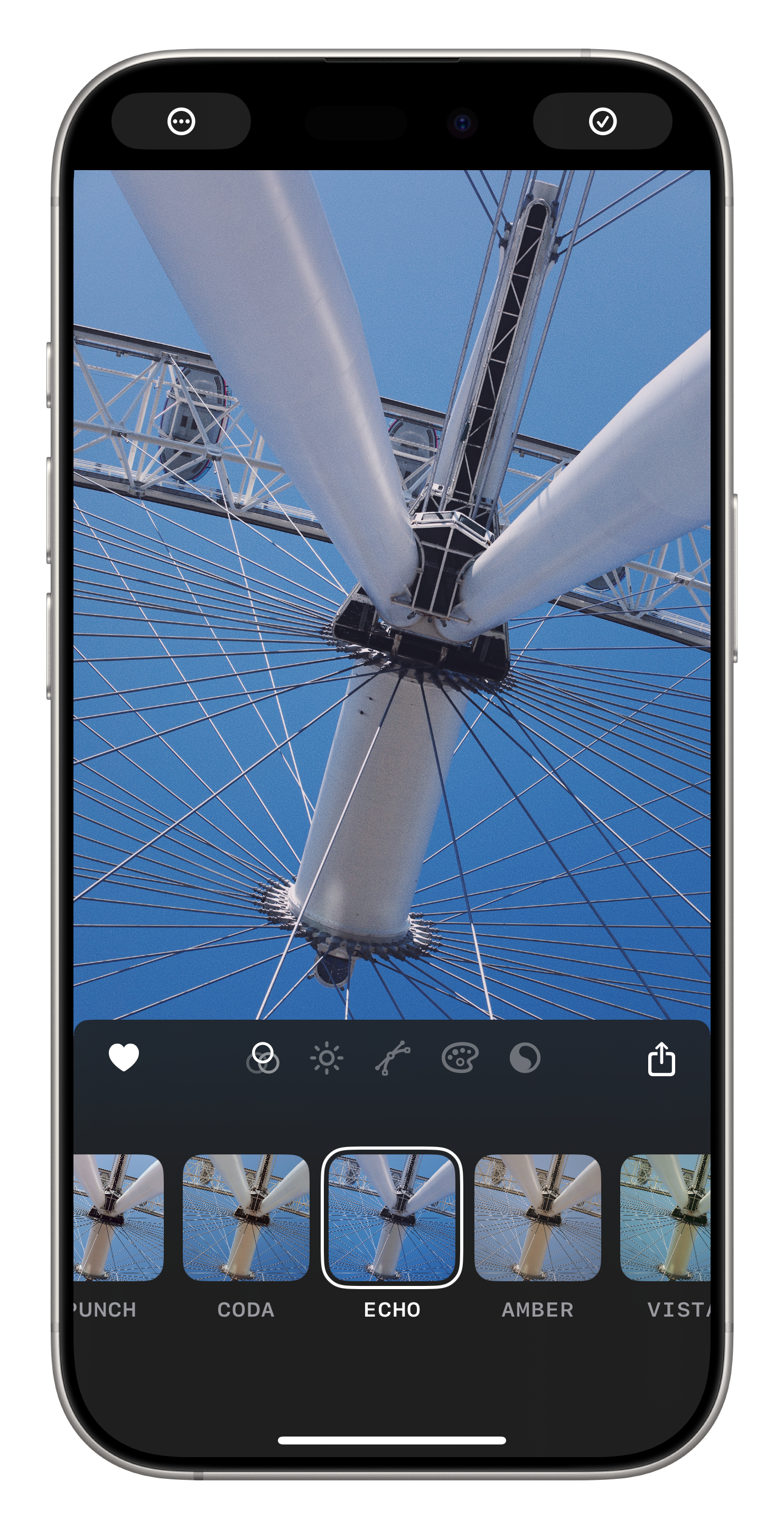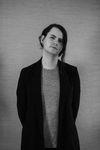Introducing Obscura Studio

The Studio
If you’ve heard me talk about Obscura before, you’ve probably heard me mention that my dad is a professional photographer. For most of my childhood, he worked out of a former 18th century police station, affectionately known as The Studio. Many afternoons were spent there. While he worked, I messed around on his PowerMac, playing the handful of Mac games available at the time (Tomb Raider and Myst gave me a love of puzzles and Black & White gave me a god complex), and learning my way around Photoshop. You can trace a pretty clear path from those days to my work today. So “Studio” felt like a fitting moniker for an app that I expect to spend a lot of time in.
Write Accidentally, Edit Sober
Obscura Studio is an app I’ve wanted to make for almost as long as I’ve been working on Obscura. An image editor is a natural companion to a camera, but it always seemed like a herculean task, a project I might eventually get to one day, but definitely not today. It was only in building most of it unintentionally that it began to seem possible.
Over the past year I’ve been working on a big refactor of Obscura, in large part to better accommodate the changes required for Lock Screen camera extensions. While I had hoped that would be ready in time for Obscura’s 10th anniversary, that has been looking less and less likely for a while now. I’ve been working on separating the app out into different components that have fewer dependencies on each other, making for cleaner, more reliable code. One of those components is Obscura’s whole image processing system, that handles the image filters.
I’ve wanted to revamp those filters for quite some time. While there are a few gems in there, quite a few have limited utility or don’t differentiate themselves enough. Creating or tweaking the filters is a pain because they’re entirely written in code, and tweaking Bézier curves by setting coordinates isn’t fun. So I started work on a tool for my own use that would give me a bunch of sliders to tweak the parameters of the filters and then I could copy those settings back into Xcode.
During that work, a customer emailed me asking if it would ever be possible for users to customise the filters within Obscura. Given that I was already in the process of building that, I figured why not try and make the whole process a little more user friendly. In doing so, I realised I had more or less built a photo editor, albeit one with just a few hardcoded images and a lot of rough edges. So this internal tool began to grow in scope, in complexity, and in polish. Needless to say, there was a lot of work beyond just the photo editing itself; it needed to integrate with user’s photo library, save and restore edits, and allow for filters to be created and saved within the app. Thankfully much of this was familiar territory and was work I had wanted to revisit as part of Obscura’s refactor anyway and it’s been very satisfying getting to think about these two projects in tandem.

Obscura Studio
Obscura Studio features a bunch of tools to help you edit your photos. There are sliders for things like Exposure, Contrast, and Saturation as well as a Curves tool and HSL sliders for precise colour adjustments.
There are also a bunch of default filters, all built using the same editing tools available to users, so you can start with a preset filter and then continue editing to make it your own. Filters can be saved for repeated use, and in a future update, it’ll support sharing and importing those filters too. I’m also planning for those filters to be cross compatible with the next major version of Obscura, so you’ll be able to create your own filters and use them live in camera.
Given the integration with Obscura, if you’ve subscribed to Obscura Ultra, then your subscription also covers Obscura Studio. If not, you can opt for the cheaper Obscura Studio+ subscription for just the editing tools without the camera features.
Right now, Obscura Studio is just available on iPhone. Thanks to a frustrating SwiftUI bug, the iPad and Mac version has been delayed, but hopefully will be ready soon. And when those versions are ready, your filters and edits will sync between devices, allowing for great flexibility in your editing workflow.
And so here we are at Obscura’s 10th anniversary and I’m incredibly excited to share Obscura Studio with the world. While there’s a whole bunch of features I wish were there on day one, sometimes it’s better to ship and iterate, and a deadline can be a great motivator. Hopefully a decade from now Obscura Studio will have evolved just as much as Obscura has since its launch.
